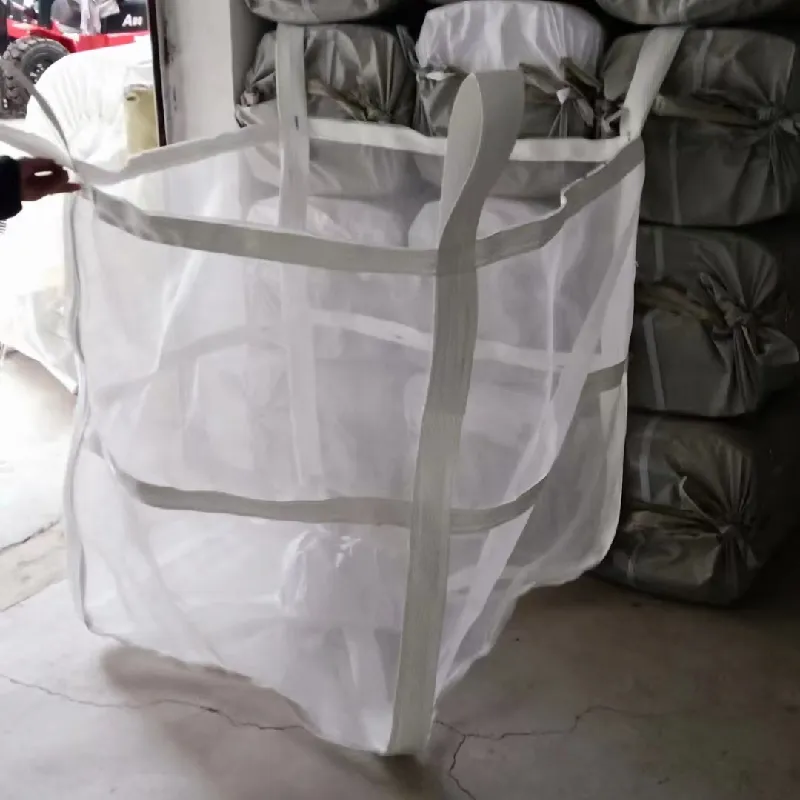-
 Afrikaans
Afrikaans -
 Albanian
Albanian -
 Amharic
Amharic -
 Arabic
Arabic -
 Armenian
Armenian -
 Azerbaijani
Azerbaijani -
 Basque
Basque -
 Belarusian
Belarusian -
 Bengali
Bengali -
 Bosnian
Bosnian -
 Bulgarian
Bulgarian -
 Catalan
Catalan -
 Cebuano
Cebuano -
 China
China -
 Corsican
Corsican -
 Croatian
Croatian -
 Czech
Czech -
 Danish
Danish -
 Dutch
Dutch -
 English
English -
 Esperanto
Esperanto -
 Estonian
Estonian -
 Finnish
Finnish -
 French
French -
 Frisian
Frisian -
 Galician
Galician -
 Georgian
Georgian -
 German
German -
 Greek
Greek -
 Gujarati
Gujarati -
 Haitian Creole
Haitian Creole -
 hausa
hausa -
 hawaiian
hawaiian -
 Hebrew
Hebrew -
 Hindi
Hindi -
 Miao
Miao -
 Hungarian
Hungarian -
 Icelandic
Icelandic -
 igbo
igbo -
 Indonesian
Indonesian -
 irish
irish -
 Italian
Italian -
 Japanese
Japanese -
 Javanese
Javanese -
 Kannada
Kannada -
 kazakh
kazakh -
 Khmer
Khmer -
 Rwandese
Rwandese -
 Korean
Korean -
 Kurdish
Kurdish -
 Kyrgyz
Kyrgyz -
 Lao
Lao -
 Latin
Latin -
 Latvian
Latvian -
 Lithuanian
Lithuanian -
 Luxembourgish
Luxembourgish -
 Macedonian
Macedonian -
 Malgashi
Malgashi -
 Malay
Malay -
 Malayalam
Malayalam -
 Maltese
Maltese -
 Maori
Maori -
 Marathi
Marathi -
 Mongolian
Mongolian -
 Myanmar
Myanmar -
 Nepali
Nepali -
 Norwegian
Norwegian -
 Norwegian
Norwegian -
 Occitan
Occitan -
 Pashto
Pashto -
 Persian
Persian -
 Polish
Polish -
 Portuguese
Portuguese -
 Punjabi
Punjabi -
 Romanian
Romanian -
 Russian
Russian -
 Samoan
Samoan -
 Scottish Gaelic
Scottish Gaelic -
 Serbian
Serbian -
 Sesotho
Sesotho -
 Shona
Shona -
 Sindhi
Sindhi -
 Sinhala
Sinhala -
 Slovak
Slovak -
 Slovenian
Slovenian -
 Somali
Somali -
 Spanish
Spanish -
 Sundanese
Sundanese -
 Swahili
Swahili -
 Swedish
Swedish -
 Tagalog
Tagalog -
 Tajik
Tajik -
 Tamil
Tamil -
 Tatar
Tatar -
 Telugu
Telugu -
 Thai
Thai -
 Turkish
Turkish -
 Turkmen
Turkmen -
 Ukrainian
Ukrainian -
 Urdu
Urdu -
 Uighur
Uighur -
 Uzbek
Uzbek -
 Vietnamese
Vietnamese -
 Welsh
Welsh -
 Bantu
Bantu -
 Yiddish
Yiddish -
 Yoruba
Yoruba -
 Zulu
Zulu
filter stainless
The Importance of Filter Stainless Steel in Modern Filtration Systems
In today’s industrial and environmental landscape, the quest for efficiency and durability in filtration systems has led to the rising popularity of filter stainless steel. Known for its exceptional strength and resistance to corrosion, stainless steel is increasingly becoming the material of choice in various applications, particularly in industries that necessitate high standards of hygiene and performance.
What is Filter Stainless Steel?
Filter stainless steel refers to a type of stainless steel that is specifically designed for use in filtration applications. This material is engineered to provide superior filtration capabilities while maintaining its integrity under various operating conditions. Typically, filter stainless steel comprises different grades of stainless steel, such as 304 and 316, which are renowned for their excellent mechanical properties and resistance to rust and staining.
Why Filter Stainless Steel?
1. Corrosion Resistance One of the primary advantages of filter stainless steel is its resistance to corrosion. Unlike traditional metals, which can rust or degrade over time, stainless steel retains its strength and aesthetics even in harsh environments. This is particularly critical in industries like food processing, pharmaceuticals, and wastewater treatment, where contamination from degrading materials can have severe consequences.
2. Durability Filter stainless steel is designed to withstand high pressures and temperatures, making it suitable for demanding applications. Its robustness extends the lifespan of filtration systems, reducing the need for frequent replacements and maintenance.
3. Hygienic Properties Health and safety are paramount, especially in sectors dealing with consumables or sensitive materials. Filter stainless steel surfaces can be easily cleaned and sterilized, ensuring that they do not harbor bacteria or other pathogens. This feature makes it a preferred choice in hospitals, food factories, and laboratories.
filter stainless

4. Versatility Stainless steel filters can be fabricated into various shapes and sizes, accommodating many different filtration needs. Whether it’s for liquid filtration, gas filtration, or other specialized applications, filter stainless steel can be tailored to meet specific operational requirements.
5. Environmental Sustainability As industries move toward more sustainable practices, stainless steel’s long lifespan and recyclability make it an attractive option. The production of stainless steel is also increasingly focused on minimizing environmental impact, aligning with the global shift towards greener manufacturing processes.
Applications of Filter Stainless Steel
The applications for filter stainless steel are vast and varied. In the food and beverage industry, stainless steel filters are used to ensure the purity of products, preventing contaminants that could affect flavor and safety. In pharmaceuticals, they play a crucial role in maintaining sterile conditions during production processes.
Moreover, in the environmental sector, filter stainless steel is essential for water and wastewater treatment systems. It aids in the removal of particles and pollutants, ensuring compliance with environmental regulations and standards.
In the oil and gas industry, filter stainless steel is employed in the separation of oil, gas, and water, providing a reliable solution for complex filtration challenges. Even in the aerospace and automotive sectors, its lightweight yet resilient nature is leveraged for various filtration systems.
Conclusion
In conclusion, filter stainless steel is an indispensable material in modern filtration systems across numerous industries. With its unmatched corrosion resistance, durability, and hygienic properties, it represents a significant advancement in filtration technology. As industries continue to evolve and embrace sustainability, filter stainless steel will undoubtedly play a pivotal role in shaping the future of filtration systems, ensuring both efficiency and environmental responsibility. The ongoing development and innovation in this area promise to deliver even more sophisticated solutions, meeting the ever-changing demands of the market.
-
Shipping Plastic Bags for Every NeedNewsJul.24,2025
-
Safety Netting: Your Shield in ConstructionNewsJul.24,2025
-
Plastic Mesh Netting for Everyday UseNewsJul.24,2025
-
Nylon Netting for Every UseNewsJul.24,2025
-
Mesh Breeder Box for Fish TanksNewsJul.24,2025
-
Expanded Steel Mesh Offers Durable VersatilityNewsJul.24,2025











